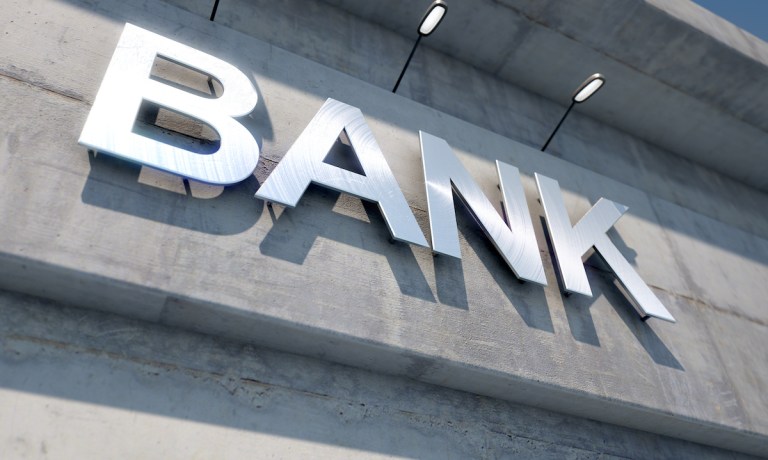
As regulators draw a bead on neobanks, traditional financial institutions are acting more like neobanks.
Open banking looks set to transform financial services in the United States, and the approach, in contrast to what has been seen in Europe, is market-driven rather than government-driven. A spate of announcements has served to highlight digital innovations that are changing the ways accounts can be opened and bundled with other offerings that go beyond direct deposit.
In other words, the age-old practice of walking into branches to get onboarded into a bank’s client base or take advantage of new services added on to new accounts is becoming increasingly reliant on digital workflows.
Back in October, the Consumer Financial Protection Bureau noted that its proposed open banking rule would make it easier to switch accounts, as consumers permission and control their data.
The stage is seemingly set for individuals and businesses to establish more digitally based relationships with their financial institutions.
As detailed in PYMNTS Intelligence’s most recent “How the World Does Digital” report, across 60,000 consumers studied in 2023 — a sample representative of about 800 million people living in 11 countries — 42% engage with online banking. A total of 46.8% do their banking through mobile means. About two-thirds of consumers used an app on their phone for banking (mobile banking, 68.6%) or from their desktop with a browser (online banking, 66.6%) at least monthly.
Banks are examining and re-examining their tech stacks to more fully tap into instant payments, digital account openings and embedded finance, among other initiatives.
In a panel discussion with PYMNTS in June, Galileo Head of Product Strategy Michael Haney said composable banking is “becoming an imperative to improve the operational efficiency at these legacy banks and be more responsive to client needs and industry trends.” The new generation of platforms is based on MACH principles: microservices, APIs, cloud and headless.
As for some of the recent tech-driven initiatives, Bankjoy and Pinwheel partnered in April to help financial institutions offer their customers a frictionless way to set up their direct deposit. Via the collaboration, Bankjoy will help its bank and credit union clients integrate Pinwheel’s digital deposit switching solution.
Last month, Mastercard said it would add new open banking-powered solutions that make it easier for consumers to automatically switch their direct deposits and update their recurring bill payments. These capabilities are expected to result from the integration of Deposit Switch and Bill Pay Switch with Mastercard’s open banking platform and the delivery of these solutions in partnership with Atomic.
If the traditional players are shifting their efforts more fully into digital channels, neobanks are facing pressures to become more like, well, traditional banks.
Last month, in the wake of the Synapse collapse, the Federal Deposit Insurance Corp. (FDIC) issued a warning to consumers regarding the risks of opening accounts with nonbank firms, including neobanks. Cease and desist letters underscored that some of these firms represented that accounts were insured by the FDIC when that was not the case.